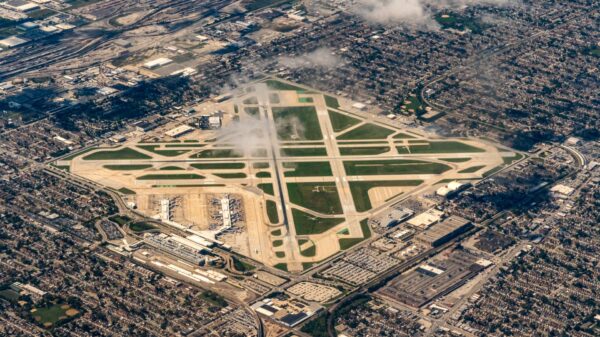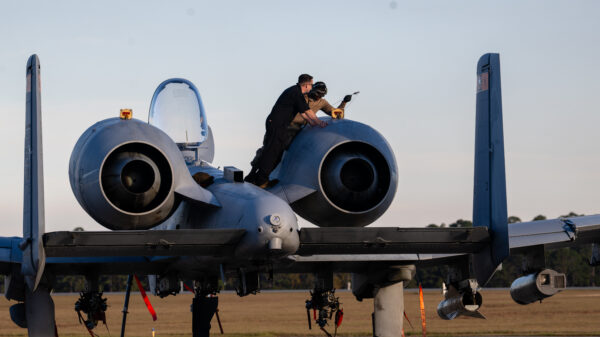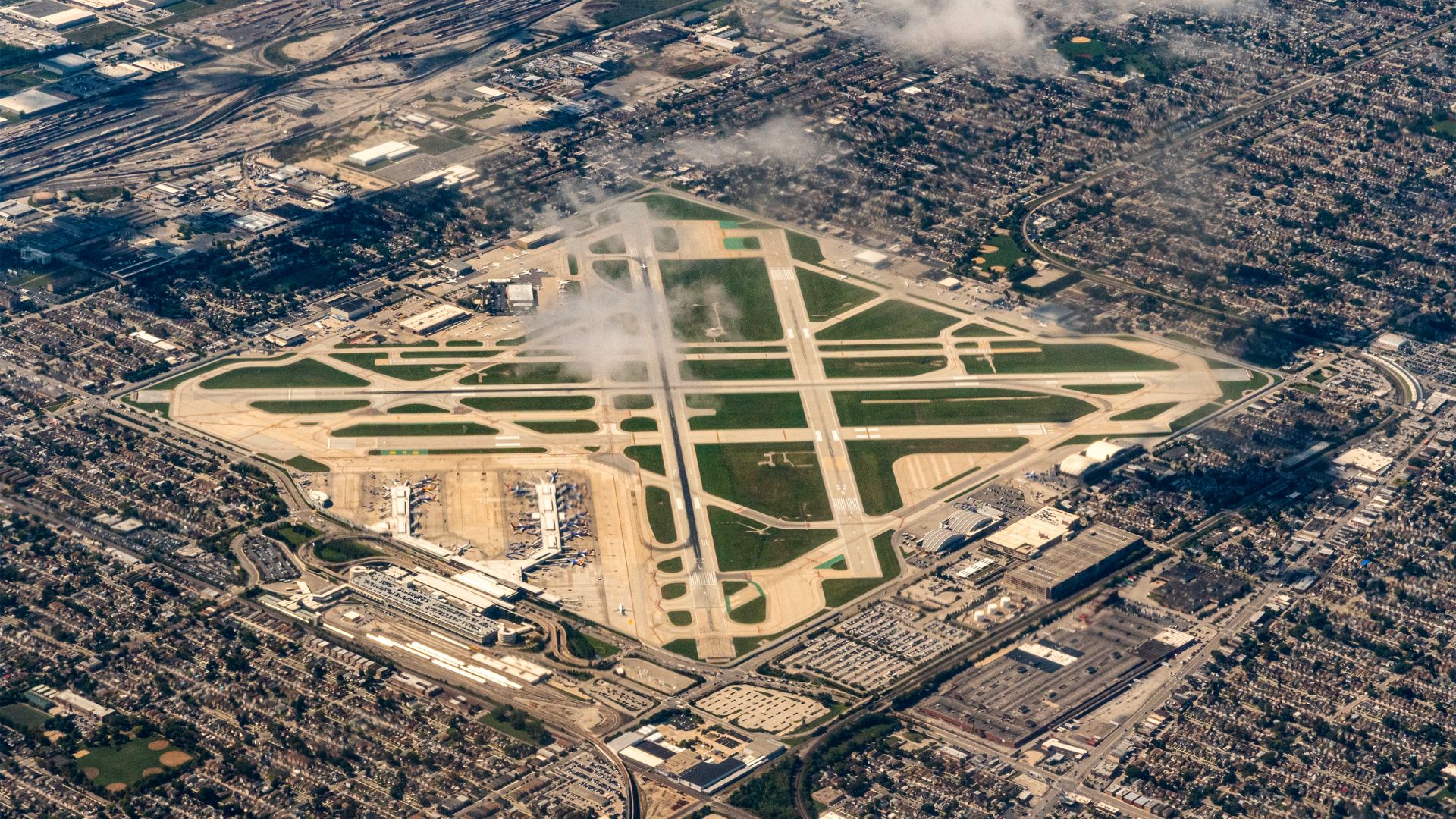Ten airports in the United States have withstood the test of time, remaining operational since the early days of aviation. These airfields not only serve as critical points in the current air travel network but also act as living museums, showcasing the rich history of flight. From the pioneering era of barnstorming to today’s modern air transportation, these airports have continuously evolved, adapting to technological advancements and changing community needs.
Alabama to Washington: A Journey Through History
The story of these airports begins as early as the 1900s, reflecting the evolution of aviation in America. Each airport has unique milestones, contributing to its legacy and relevance in the aviation landscape today.
College Park Airport, established in 1909, holds the title of the oldest continuously operating airport in the world. Located in Maryland, it became a training ground for military pilots under the guidance of Wilbur Wright. Over the decades, College Park has hosted numerous aviation “firsts,” including early airmail operations and radio navigation tests. Today, it functions as a general aviation airport while also serving as a living museum, showcasing its extensive history through the College Park Aviation Museum, which opened in 1981.
In close proximity, Pearson Field in Washington State has a storied past that dates back to its first recorded flights in 1911. Initially a military airfield, it became known for hosting significant international flights, such as the arrival of Soviet aviator Valery Chkalov in 1937. Pearson Field remains active today, supporting general aviation while preserving its historical artifacts.
Moving south, Stinson Municipal Airport in Texas has been operational since 1915 and is lauded as the second-oldest airport in the United States. Founded by the Stinson family, it played a crucial role in military training during wartime and continues to serve as a vital hub for flight training and community events.
Another historical gem is Minneapolis–St. Paul International Airport, which began as Speedway Field in 1920. It has evolved into a major airline hub, particularly for Delta Airlines, while maintaining its roots in civil and military aviation. MSP combines a modern airport experience with a nod to its early history.
Aviation Pioneers and Modern Connectivity
In the realm of commercial aviation, Midway International Airport in Chicago has a rich heritage dating back to 1923. Originally known as Chicago Air Park, it was briefly the world’s busiest airport in the late 1940s. Today, it remains a significant airport focused on domestic short-haul routes, showcasing its historical significance through preserved terminal buildings.
Similarly, Logan International Airport in Boston opened in 1923 and has grown to be New England’s primary international gateway. Its development involved extensive land reclamation, enabling it to expand its runways and terminals significantly. Logan has adapted to the jet age with modern upgrades while balancing environmental concerns and local community impacts.
Moving west to California, Long Beach Airport has roots tracing back to 1923, hosting early flight schools and significant aircraft manufacturing. Known for its unique Streamline Moderne terminal, Long Beach continues to support general aviation and regional airline service while honoring its historical legacy.
Cleveland Hopkins International Airport, established in 1925, was one of the first municipally owned airports in the U.S. With numerous innovations, such as the nation’s first radio-equipped control tower, Hopkins has remained a vital commercial airport with ongoing modernization efforts.
In South Carolina, Spartanburg Downtown Memorial Airport opened in 1927, initially serving as an airmail and general use field. Its historical significance includes visits from aviation legends like Charles Lindbergh. Today, it functions primarily as a general aviation facility, supporting business aviation and community events.
Lastly, Albert Whitted Airport in Florida began operations in 1929 and remains a focal point for general aviation. Despite facing challenges and proposals for redevelopment, the airport has preserved its legacy, offering flight training and sightseeing opportunities while highlighting the area’s aviation history.
These ten airports not only reflect the evolution of aviation in the United States but also the resilience and adaptability of the communities they serve. Each airport has navigated economic challenges, technological advancements, and urban development to remain active, ensuring their stories continue to inspire future generations.


































































